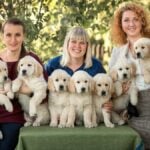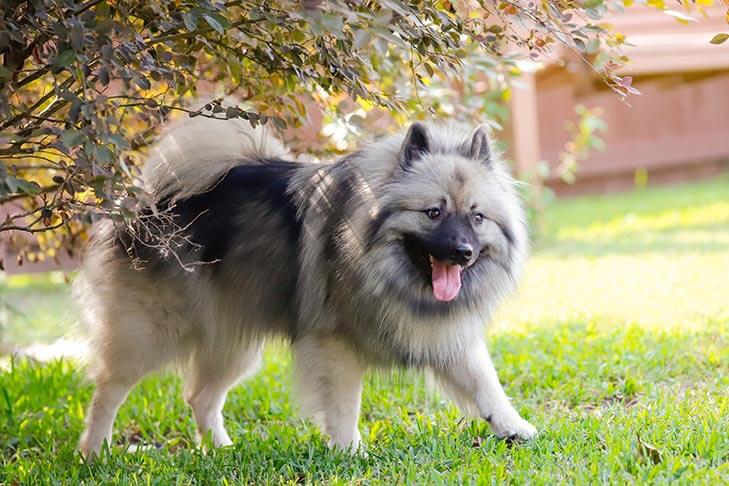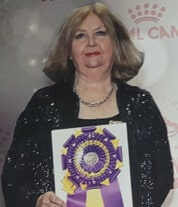
Home » Insights from Non-Sporting Group Judge Janice McClary

Interview with Non-Sporting Group Judge Janice McClary
Where do I live? How many years in dogs? How many years as a judge?
Janice McClary: My husband, Ron, and I live in Southern California. We have been breeders and exhibitors of Old English Sheepdogs for over 50 years. We have been judges for about 40 years. I am currently approved for all Herding, all Non-Sporting, nine Working, three Toy, Miscellaneous, Junior Showmanship, and Best in Show.
What is my original breed? What is/was my kennel name?
Janice McClary: Old English Sheepdogs are our original breed and we continue to breed and exhibit them; nearing 100 AKC champions and over 150 foreign titles with our Dandalion prefix.
Can I list a few of the notable dogs I’ve bred? Any performance or parent club titles?
Janice McClary: Two of our very special OES include multi-champion Dandalions Dream Weaver Patty Rom, a Best in Show winner in many countries with nearly 30 titles and Champion Dandalions Lord Tanker ROM, who received his first Best of Breed over an entry of 108 from the classes at Santa Barbara.
Our Dandalions have been awarded over 25 Register of Merits from the Old English Sheepdog Club of America.
What are some of the qualities I most admire in the Non-Sporting Breeds?
Janice McClary: The qualities I admire in the Non-Sporting Group are too numerous to mention.
Have I judged any Non-Sporting Breed/Group Specialties?
Janice McClary: I feel honored to have been invited to judges the following specialties: Chinese Shar-Pei, Keeshonden, Löwchen, Poodles (all varieties), Schipperkes, and Shiba Inu (including their national specialty).
Can I speak to the overall quality of the more popular Non-Sporting Breeds/Varieties; Bulldog, French Bulldog, Standard & Miniature Poodles?
Janice McClary: Overall, the quality of the dogs in the Non-Sporting Group ranges from good to excellent, such as the French Bulldog, Bulldog, Keeshond, Dalmatian, Shiba Inu, Tibetan Terrier, and more.
What about the overall quality of the more “vulnerable” breeds; Coton de Tulear, Finnish Spitz, Löwchen?
Janice McClary: These breeds are not usually seen in quantity, such as Coton de Tulear, Finnish Spitz, and Löwchen, although I did judge a Löwchen Specialty and had plenty of depth and quality.
Would I have any advice to impart to newer judges of the Non-Sporting Breeds who come from other Groups?
Janice McClary: I love judging the Non-Sporting Group. Fourteen breeds of the 21 breeds are coated, with various textures, thicknesses, and lengths. Judges must know the correct coat and trimming for each breed, along with the structure and movement. Judges must use their hands to go through the coat. Don’t be afraid to mess up the grooming—you won’t.
In my opinion, how do today’s exhibits compare with the Non-Sporting Dogs of the past?
Janice McClary: Grooming would be the main difference between the dogs of today and yesterday.
Why do I think Non-Sporting Dogs can become such outstanding Show Dogs?
Janice McClary: Non-Sporting Breeds have been outstanding show dogs for many years. Currently, there are multiple Best in Show dogs in Bichon Frise, Boston Terriers, French Bulldogs, Bulldogs, all varieties of Poodles, Shiba Inu, and Tibetan Terriers.
If I could share my life with only one Non-Sporting Breed, which would it be and why?
Janice McClary: I enjoy judging all of my breeds. However, I don’t think I could own any other breed besides my Old English Sheepdogs.
